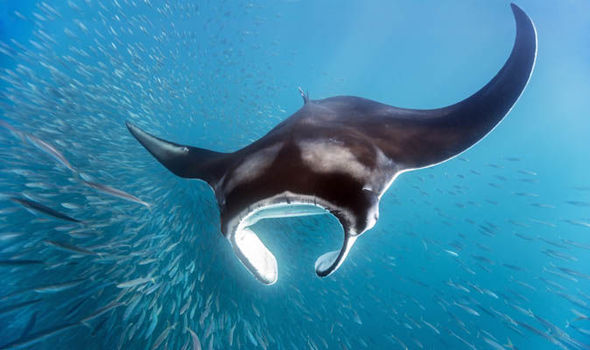
Senses are the way our brains interpret our environment. Many of us learned in school that humans have five senses — sight, sound, smell, taste, and touch. We were also taught that many animals have more or less the same senses but within a different range. For example, while humans can see red, green, and blue light, many species of birds can see all of these colors as well as UV light; however, dogs can only see yellow and blue light. Meanwhile, humans can only hear frequencies up to about 23,000 Hz, while dogs can hear sounds up to 45,000 Hz. However, these aren’t the only five senses. Although the actual number depends on what you count as one sense, many scientists think humans have at least nine, and some even believe there are a few dozen! Furthermore, many other animals have additional senses as well. Here are just a few of these senses.

Awareness of Your Body
Proprioception is the ability to sense your body, its location, while kinesthesia is the ability to sense how it moves. These senses help you maintain your balance and apply the proper amount of force to complete your everyday tasks. The reason you can walk with your eyes closed is that proprioception and kinesthesia do not rely on vision. Instead, they rely on sensory organs in your muscles called spindles. Each muscle spindle is coiled around muscle fibers. When a muscle is stretched, the spindles relay information about the length and speed of the stretch to your spinal cord and brain, which use this information to figure out where your body is positioned.
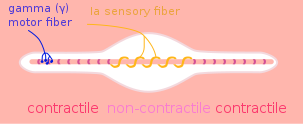
Pain
The sensation of physical pain is known as nociception. When your tissue is damaged during an injury, pain receptors called nociceptors are activated and send an electrical signal through a nerve to your spinal cord. The nerve fibers that transmit pain signals are different from those used to transmit information about proprioception and touch. Upon receiving the signal, your spinal cord might produce a reflex reaction, such as flinching away from the source of pain. Meanwhile, your spinal cord sends signals to your brain, which processes the signals and allows you to feel the pain. This helps you to avoid the source of pain in the future.
Temperature
Humans have various types of thermoreceptors that can detect warmth, cold, or both. Temperature information is transmitted on the same nerve fibers as pain is. This is why extreme temperatures can feel painful.
Balance
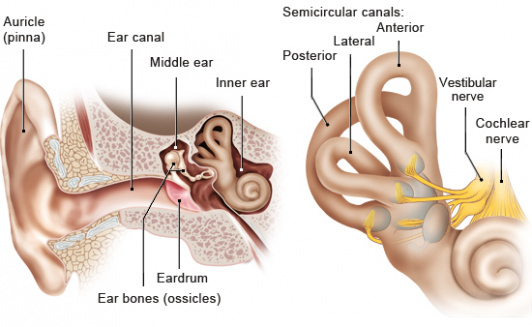
Our sense of balance relies on the vestibular system, located in the inner ear. This system contains three semicircular canals, which are filled with fluid and contain hairs to detect the movement of this fluid. Each canal is responsible for sensing balance in a different direction.
Echolocation
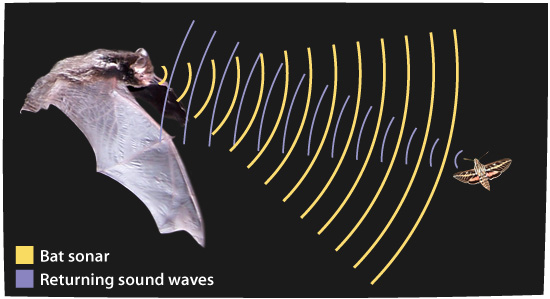
As humans, we have depth perception because we have two eyes to see the world from different angles. This gives the brain enough information to judge distance. However, many animals, such as nocturnal and burrowing animals, cannot rely on vision to sense obstacles. These animals, including some bats, toothed whales (such as dolphins), and small mammals use echolocation to judge distance. An animal uses echolocation by producing a series of clicking sounds and hearing the echoes of these sound waves off of obstacles. Since sound takes some time to travel, animals can figure out their distance from an obstacle based on the time it takes for the sound to echo. Bats use echolocation to hunt prey and to avoid obstacles. They make extremely high-pitched sounds, usually outside of the human hearing range, and speed up their clicks as they get closer to their prey for increased accuracy. Toothed whales such as dolphins also use echolocation for the same purposes. These marine mammals have a melon, a fat deposit at the top of their head, which makes the reflected sound waves clearer. Interestingly, humans can learn to echolocate, which can help visually impaired people sense their surroundings.
Electricity

Electroreception is mainly found in aquatic animals because air has a high resistance to electricity, which makes it difficult to detect any current. Some animals that use electroreception include sharks, rays, other fishes, and bees. Sharks and rays in particular have electroreceptors called ampullae of Lorenzini embedded in their skin. These sensory organs are able to detect electrical current from the prey, even when it is hiding under the sand. In addition, some species of fish use electricity to communicate with each other. Also, bees use electroreception to detect current from flowers.
Magnetic Fields
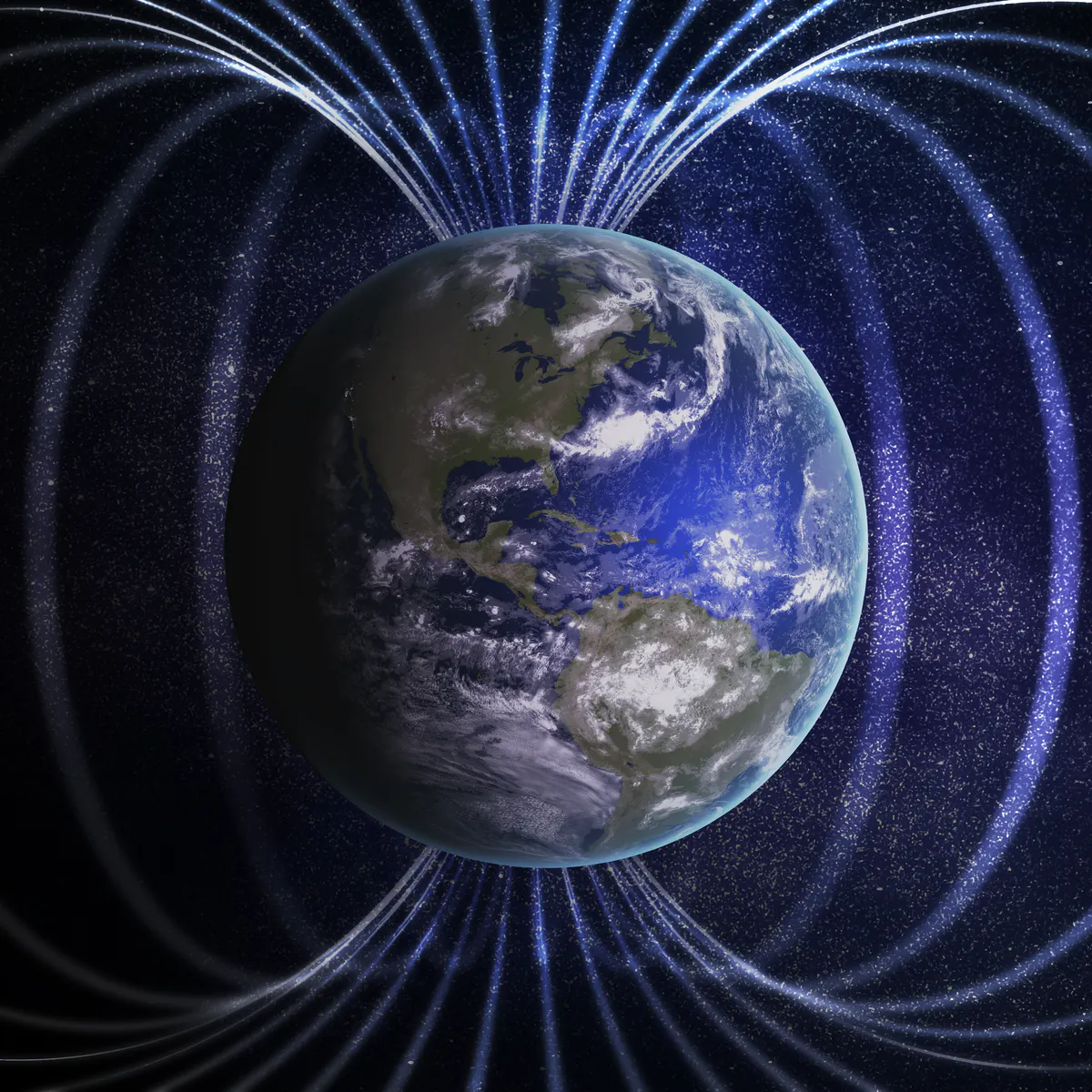
Birds, turtles, bees, and many other animals can sense the earth’s magnetic field, which helps with annual migration and navigating in the ocean. Scientists aren’t completely sure how this sense, known as magnetoreception, works. One main hypothesis is that animals detect the direction of the field lines using the protein cryptochrome in their eyes. The other is that animals detect the strength of magnetic fields using magnetite-based receptors. (As its name suggests, magnetite is a very magnetic metal.) A 2019 study showed that human brains react to magnetic fields, which suggests that humans may possess magnetoreception, but more research is needed. Perhaps there are still many other senses waiting to be discovered!
References
https://www.express.co.uk/news/nature/917571/devil-ray-animals-with-cameras-BBC-nature-documentary
https://www.nwf.org/Magazines/National-Wildlife/2012/AugSept/Animals/Bird-Vision
https://vcahospitals.com/know-your-pet/do-dogs-see-color
https://www.lsu.edu/deafness/HearingRange.html
https://spca.bc.ca/news/how-dogs-see-colour/
https://www.livescience.com/60752-human-senses.html
https://www.press.jhu.edu/news/blog/how-many-senses-do-we-have
https://www.webmd.com/brain/what-is-proprioception
https://www.physio-pedia.com/Muscle_spindles
https://www.mydr.com.au/pain-and-how-you-sense-it/
https://www.ncbi.nlm.nih.gov/books/NBK279394/
https://askabiologist.asu.edu/echolocation
https://www.aao.org/eye-health/anatomy/depth-perception
https://www.sciencelearn.org.nz/images/599-ampullae-of-lorenzini
https://www.britannica.com/science/electroreception
https://www.youtube.com/watch?v=tdXb_4EkYtU
https://royalsocietypublishing.org/doi/10.1098/rsif.2019.0295
https://physicsworld.com/a/honey-bees-navigate-using-magnetic-abdomens/
https://www.smithsonianmag.com/smart-news/can-humans-detect-magnetic-fields-180971760/